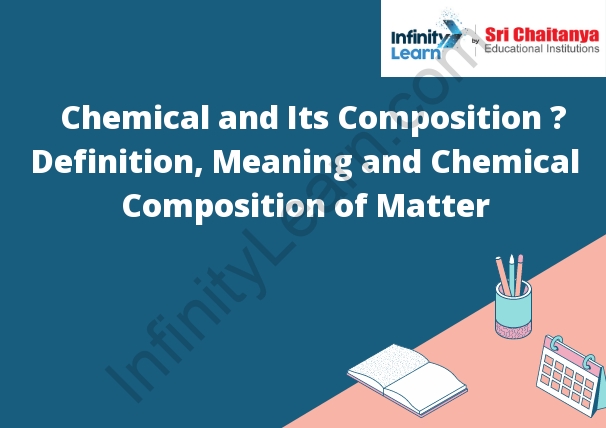Table of Contents
Chemical and Its Composition
A chemical refers to a substance that has a defined chemical composition and specific properties. Chemicals are the building blocks of matter and are involved in various natural and synthetic processes.
Chemical Composition Meaning in Chemistry
Chemical composition meaning in chemistry is the relative proportions of atoms that make up a particular chemical compound. This can be determined through chemical analysis, which breaks down a sample of the compound into its individual atoms. The relative atomic masses of the atoms are then used to calculate the percentage of each element in the compound.

Chemical Substances and Processes
Chemical substances are materials that are made up of atoms that are held together by chemical bonds. The atoms in a chemical substance can be rearranged to form different substances. A chemical process is a set of steps that is used to change one chemical substance into another.
Chemical Composition of Matter
The chemical composition of matter refers to the types and proportions of elements that make up a substance. Matter can be classified into pure substances and mixtures.
- Pure Substances: a. Elements: Elements are substances that consist of only one type of atom. Each element is represented by a unique symbol, such as hydrogen (H), oxygen (O), carbon (C), and gold (Au). b. Compounds: Compounds are substances that contain two or more different elements chemically bonded together in fixed proportions. Examples include water (H2O), carbon dioxide (CO2), and sodium chloride (NaCl).
- Mixtures: Mixtures are substances that contain two or more different substances physically combined, but not chemically bonded. The components of a mixture can be separated through physical means. Mixtures can be further classified into two types:
- a. Homogeneous Mixtures: Homogeneous mixtures are uniform throughout, with the components evenly distributed. Examples include saltwater, air, and sugar dissolved in water.
- b. Heterogeneous Mixtures: Heterogeneous mixtures have non-uniform compositions, and the components are not evenly distributed. Examples include a salad with various vegetables, oil and vinegar dressing, and a mixture of sand and water.
The chemical composition of matter is determined by the arrangement and bonding of atoms or molecules within the substance. Chemical reactions can cause changes in the chemical composition of matter by breaking or forming chemical bonds between atoms or molecules.






